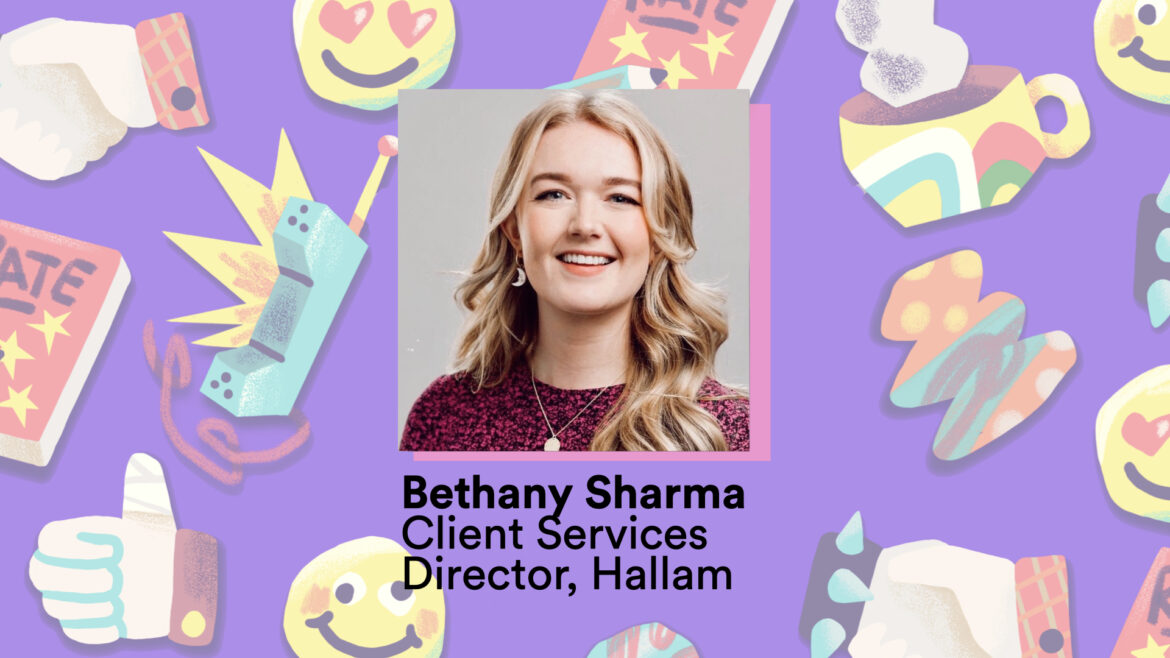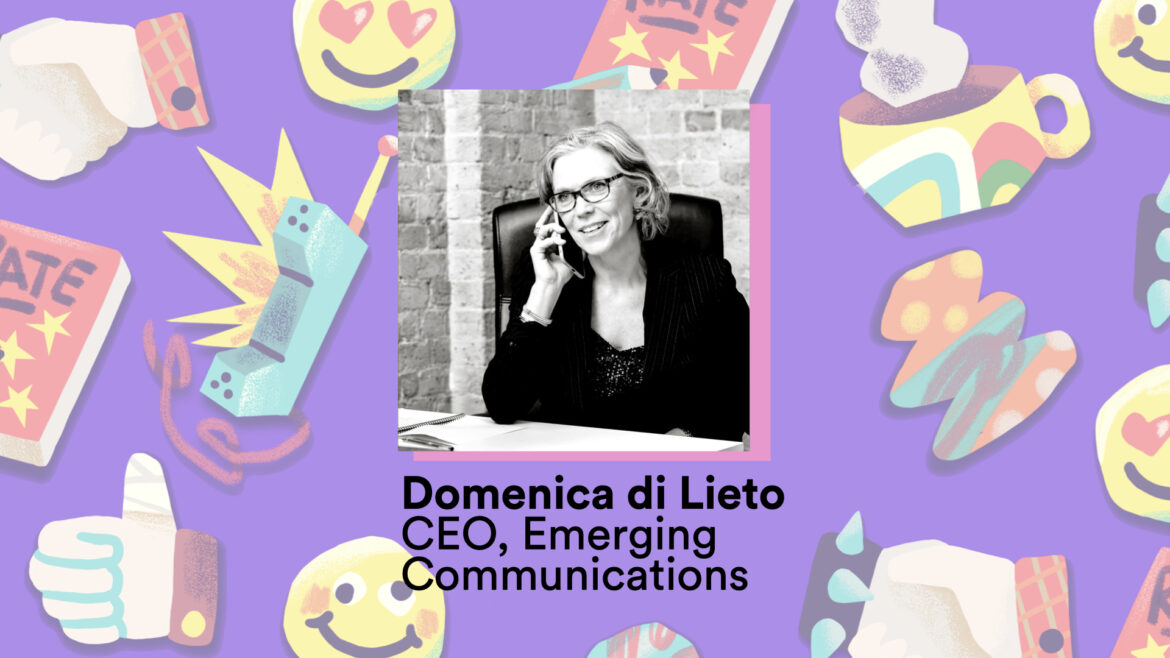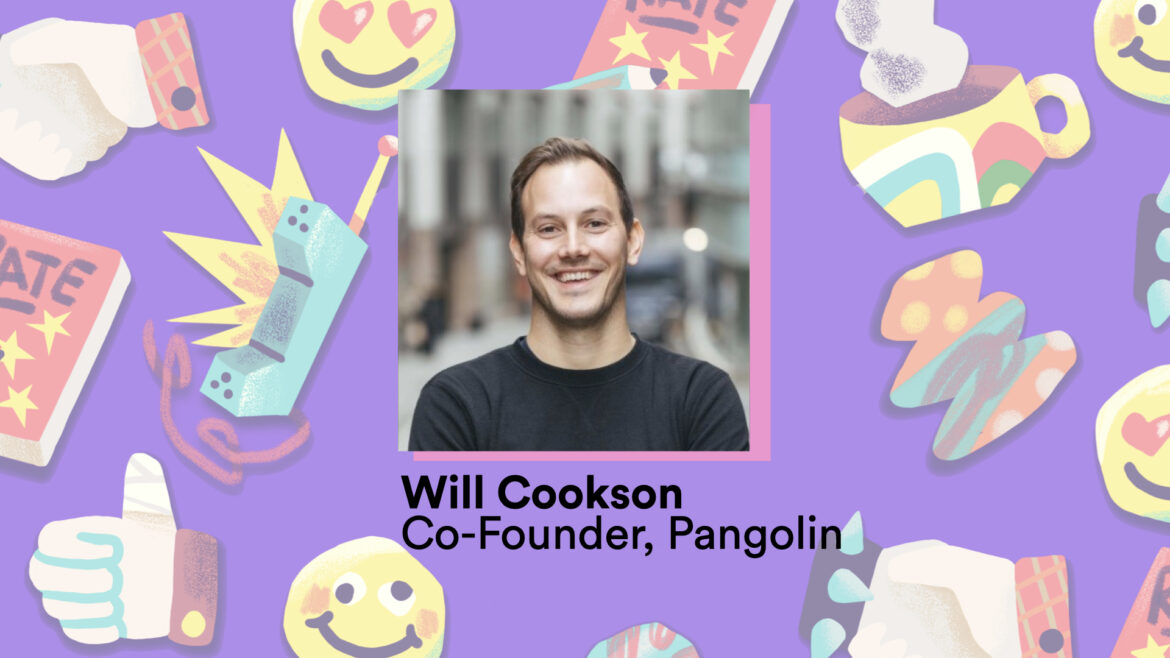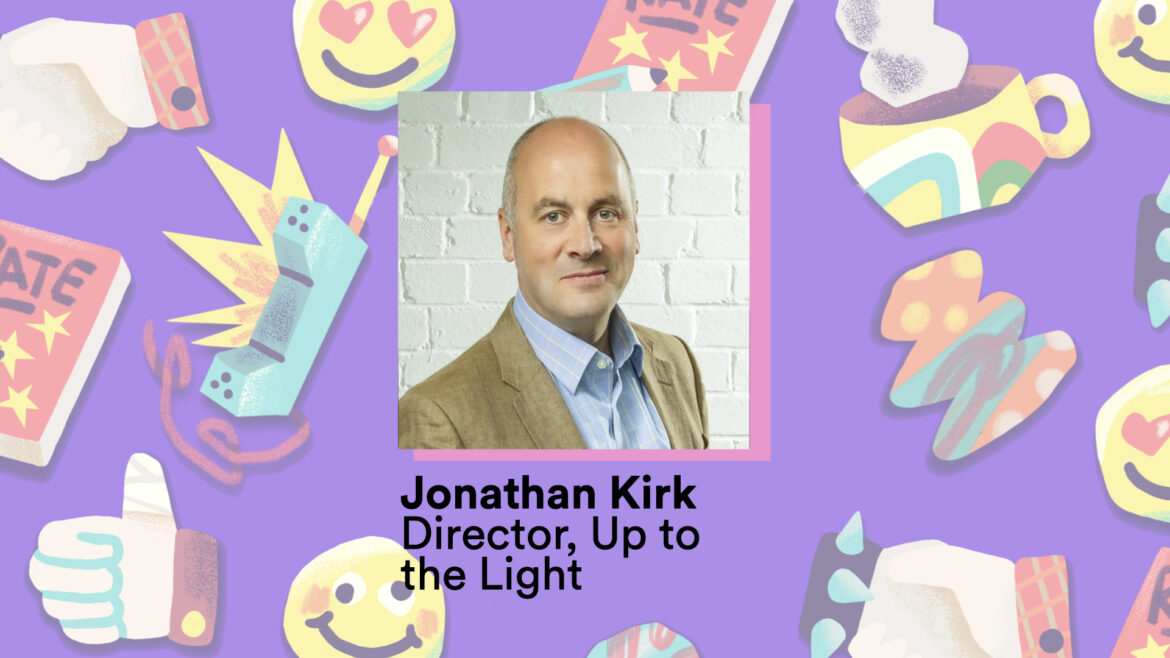Speakers
📢 Here are the current speakers we have for this event. We will also hear from you – the event is all about taking part.
“Why You Should be Prioritising Your Client Services Function”

“Account management can be pivotal to the success of agencies, but it’s often overlooked,” says Bethany Sharma, client services director at Hallam.
“Agencies and clients can sometimes view client services roles as non-billable, and if the function isn’t viewed as commercially viable, it can quickly devalue the profession.”
Now more than ever, client services should be seen as integral to an agency’s success. But still, account management is seen by many clients as an unnecessary cost.
Hallam, on the other hand, has been focussed on creating a flawless client services function for the last five years.
“We got to a place where we felt that, whilst a lot of our specialist experts were incredibly consultative and great in front of clients, they needed that extra layer of support – someone to focus on growth, revenue retention, and client satisfaction,” says Beth.
For Beth and her team, the investment was a no-brainer.
Then, 18 months ago, the agency decided to take it a step further, combining the project management and account management teams, so the two could better support each other.
“By bringing them together, we’ve been able to work back-to-back on accounts and projects, which means each person’s expertise shines through,” Beth says.
“We’ve aligned commercial targets and KPIs, which has accelerated not only client satisfaction but also revenue and profitability.”
“In terms of success, our projects are more profitable than they ever were, and we’re getting fewer client complaints too.”
At Happy Clients, Beth will explore the importance of client services teams within the current economic climate, and will share how her agency has adjusted its structure to better support and strengthen client relationships.
“How We Create ‘Moments of Delight’ for Our Clients”

Domenica di Lieto prides herself on keeping her clients as happy as possible.
“In the 1990s, I’d have a Rolodex and negotiate face-to-face. I’d meet with a client and have a chat, and that was when I realised the power of networks,” says the CEO of Emerging Communications.
“These days, with something like LinkedIn, if you use it properly and you build a relationship with clients and staff, THEY become your marketing mouthpiece.”
While the agency doesn’t have a marketing team, what it does have is a budget for ‘wowing’ clients and making them feel part of the team.
‘The whole premise is, if you build trust with your teams and wider stakeholders, even if they leave you, they then become a massive referral network.”
“Things like sending somebody a handwritten ‘Thank You’ note, or knowing that they just got married, or knowing and acknowledging they’re having a hard time – I know all about my clients,” says Domenica.
Domenica says that going that extra mile with everyone – not just clients – really works.
“Clients start talking about us on LinkedIn, they agree to testimonials and case studies, they agree to speak at events with us, and it’s all snowballed from there. It’s pretty much where all our business comes from.”
“It’s just what we do in the organisation without thinking about it – it’s become part of our DNA.”
At Happy Clients, Domenica will be sharing the ways in which she creates ‘moments of delight’ for her staff and clients, and how it has worked successfully in winning and retaining work – without even pitching for it.
“How We Keep Clients Onside with ‘Hero Content’”

At a time where clients are being more finicky than ever, agencies are having to fight tooth and nail to keep – and strengthen – client relationships.
The default compromise seems to be to cut prices and over-service, but the cost of that is rapidly increasing.
Will Cookson, co-founder of Pangolin, came up with another idea: if you create content for your client counterparts to share on social that makes them look good — in turn, it makes you look even better.
“As a PR agency, historically we’d have sent the client an email summary of all the amazing coverage we’ve secured for a certain campaign, and all the people on social who are talking about it,” Will says.
“But over the last six months or so, a lot of our clients are starting to say, ‘Great! But how can I shout about this myself on LinkedIn?’”
So, using the marketing material the agency already had for their own social media, they began sharing copy and assets with clients to post on their personal pages and show off to their bosses how well they were doing.
“It’s one of the easiest and fastest ways for clients to show their senior leadership how well a campaign has performed,” says Will. “And when it gets shared in their internal systems, our names are part of it. So already that’s starting to build our profile.”
“Clients love it, because it gives them a pat on the back, and it’s a very subtle way for us to keep them onside.”
At Happy Clients, Will shall share how his agency identifies which client relationships need developing, and how they keep them close and committed by using social content to make them look good to their bosses.
“Strong Client Relationships Start with An Empowered Client Services Team”

For Louise Palmer, developing strong client relationships starts with nurturing the client services team.
“As you grow as an agency, you need to understand how your team approach things like having difficult conversations, thinking about how to keep the client satisfied, and taking ownership of their own accounts,” she says.
Louise looks at client services from the team angle, making sure her team are trained, empowered to question and challenge and make their own decisions. This then means client relationships flourish without needing her to step in and hold their hand.
Part of this is Louise teasing out the issue – and usually the solution – simply by asking questions that guide her team to find their own answers.
“I challenge them with questions, not to catch them out, but to get them thinking from their own perspective, or even a client’s perspective,” she explains.
“Rather than getting them to fill in timesheets to show me how they’re servicing clients, I have a chat with them. I ask them things like, ‘What are the repercussions if you don’t do this properly? How are you going to charge the client for the extra work you’ve done for them?’”
“It’s up to the team to help shape what we do and how we service a client, so we fit the budget.”
“I’m as transparent as possible, and get them to take the lead, because then that way, they’re much more on board, they understand what they need to do and why it’s important – and they’re actually more motivated to do it.”
At Happy Clients, Louise will be telling us how she has developed a strong, autonomous client services team – and why this is so important when building client bonds.
What Do Clients Really Value in Agency
Relationships Right Now?

Each year, Up to the Light commissions a survey of 650 creative agencies on what clients really value – and a big talking point is how agencies can strengthen and nurture client relationships.
“I think the trends we’ve previously seen of clients being very time-pressured, with smaller teams and tighter budgets, has become more accentuated,” says Jonathan Kirk, founder of Up to the Light.
“There is an increased role for agencies to remember to think longer-term and more strategically. A lot of clients are firefighting and dealing mostly with what’s right in front of them. There’s a real role for agencies to be clients’ eyes and ears.”
A big part of growing and strengthening these relationships is to develop a deeper understanding of clients, and figuring out what really matters to them most when working with agencies.
One of the most striking things to come out of this year’s report is the rise of analytics.
“Gathering and maintaining good data, software, CRM platforms, data analytics – it’s what is keeping clients awake at night. And 43% of marketing directors believe data and analytics is the big area that needs to be improved.”
“In a way, this rise has taken some focus away from the ‘big creative idea’. Clients aren’t saying that isn’t important, but there’s now more focus on the ‘how’. For example, ‘How do we extract useful data?’ or ‘How do we get messages across multiple channels?’”
“There’s a huge amount of pressure on clients now to deal with the ‘how’ as opposed to where agencies have traditionally focused, which is the ‘what’.”
Jonathan will be extrapolating some of the more interesting facts and figures from this year’s What Clients Think report, and helping you get under the skin of what clients really value when it comes to their relationships with agencies.
